Sharing How to Supplement Vitamin C in Shrimp Farming
1. Role of Vitamin C in Shrimp Farming:
Vitamin C acts as an antioxidant, stimulates the immune system, supports iron absorption, helps prevent common anemia, and reduces stress.
Shrimp cannot synthesize Vitamin C due to the lack of the enzyme L-gulono-lactone oxidase and typically absorb it from food.
A deficiency in Vitamin C can lead to symptoms such as black death disease, where the body turns dark and causes high mortality rates in shrimp larvae, along with increased metamorphosis time. Larval shrimp require more Vitamin C compared to adults.
.png)
2. Signs of Vitamin C Deficiency in Shrimp:
* Symptoms and distribution of black spot syndrome in shrimp due to Vitamin C deficiency:
Black spots first appear on the underside of the exoskeleton in the abdomen, thorax, and the joints between segments.
In severe cases, the black spots spread to the gills and gut. Shrimp may stop eating and grow slowly.
The affected shrimp population may suffer daily mortality rates of 1-5%, with total loss rates potentially reaching 80-90%.
The disease resembles shell erosion but differs in that the exoskeleton remains intact.
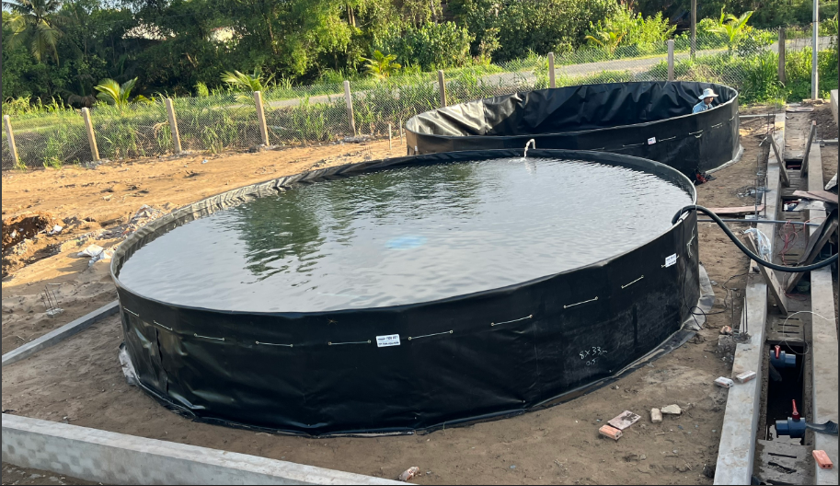
3. Vitamin C Requirements and Supplementation Regimen:
The amount of Vitamin C required depends on several factors, including the shrimp's habit, size, growth rate, farming method, feed production process, water quality, physiological condition, and developmental stage.
The need for Vitamin C varies with developmental stages. Larvae require more Vitamin C than adults and broodstock (e.g., larvae need 200 mg Vitamin C/kg of feed, while juvenile shrimp need 100 mg/kg of feed).
When shrimp are sick, their Vitamin C needs are higher than those of healthy shrimp.
To minimize Vitamin C loss, it is essential to protect the nutrient before adding it to the feed in different forms. Encapsulated Vitamin C is a preferred form because it retains about 80-90% of its potency and can be stored for several months.
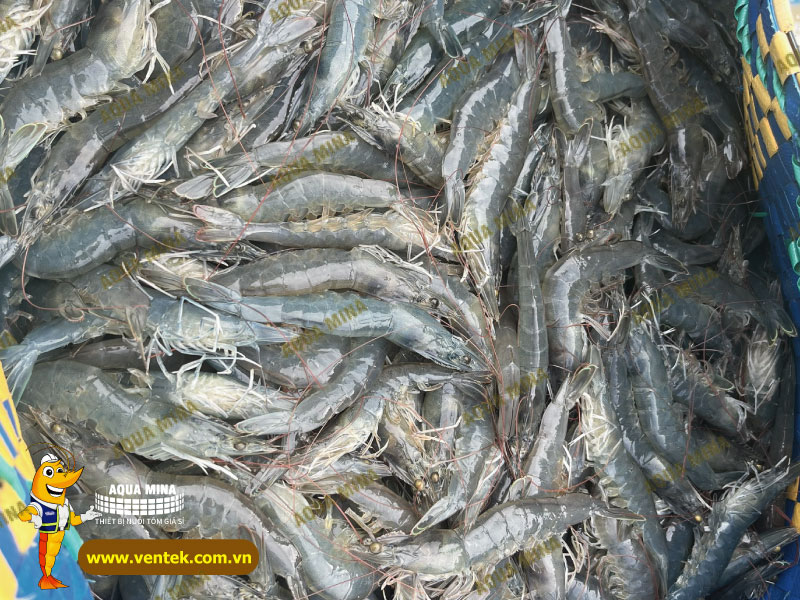
4. When and How Much to Supplement Vitamin C for Shrimp:
In aquaculture, Vitamin C should be regularly added to shrimp feed during weather changes or when disease outbreaks occur around the farm.
The dosage depends on the type of Vitamin C, typically ranging from 500 to 1,000 mg/kg of feed. It is recommended to supplement every 3-5 days per month. During sickness, the dosage should be increased, with continuous supplementation for 5-7 days.
Contact AQUA MINA for consultation and supply of aquaculture round tanks and aquaculture equipment for high-tech shrimp farming.
- Address: 685 National Highway 1A, Binh Hung Hoa Ward, Binh Tan District, Ho Chi Minh City
- Phone: 1800 6071 (Toll-free hotline)
- Email: sales@aquamina.com.vn or oversea@aquamina.com.vn
Aqua Mina's distributor in Japan:
REX INDUSTRIES CO., LTD
- Address: 1-9-3 Hishiya-Higashi, Higashi-Osaka 578-0948 JAPAN
- Email: kimakubo@rexind.co.jp
- Phone: +81-(0)72-961-9893
- Website: http://www.rexind.co.jp/e/
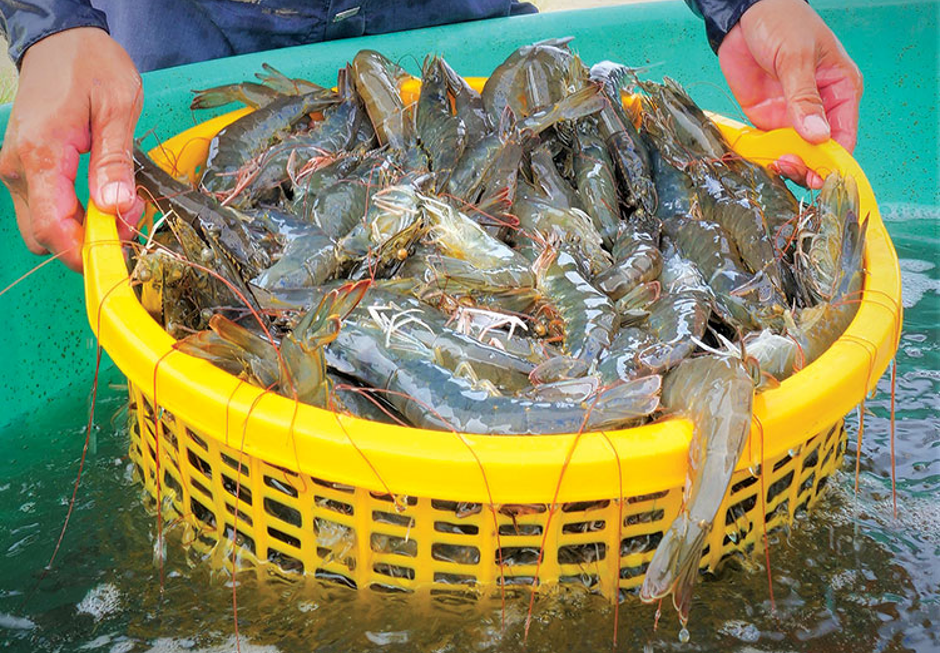
WE WORK FOR YOUR SUCCESS!
Ngày đăng : 28/11/2024
1947 View
Other Articles
Global Shrimp Forum: Global shrimp trade is reshaping
China’s Import Value Up 10%, Vietnamese Shrimp Remains Among Leading Suppliers
After the 7.5-magnitude offshore earthquake in Aomori that injured 34 people, Japan has issued a warning about a potential mega-earthquake
India’s shrimp exports accelerate despite the trade war with the United States
Portuguese food group acquires 18% stake in cod farming company Norcod
Indonesia implements radioactive-free shrimp certification for exports to the United States
India is world’s second-largest shrimp producer. That is now under threat
Ca Mau’s shrimp industry moves towards “green” growth
Floods devastate aquaculture, processing operations in Vietnam
Ecuador Leads Global Shrimp Exports, Surpassing USD 7 Billion in 2025
India's marine product exports rise 16% as new markets offset US dip
Skretting presents the first shrimp feed with insect meal in Vietnam








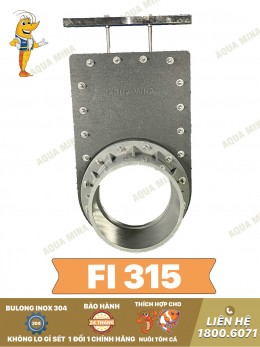
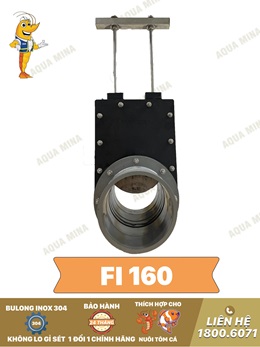
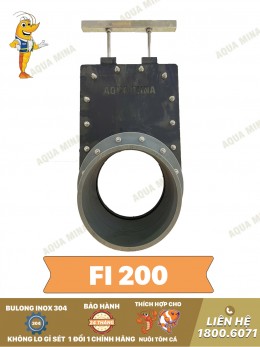
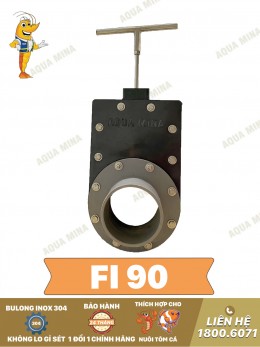
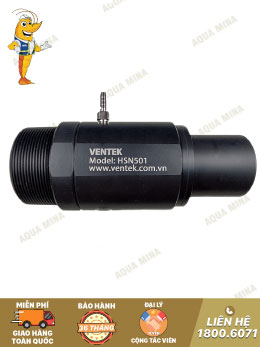
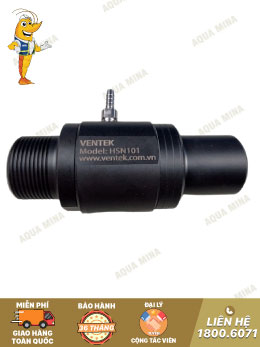

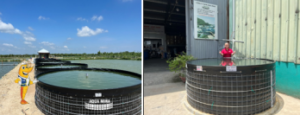
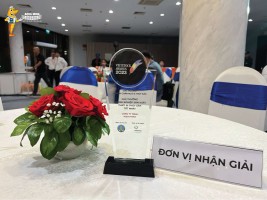
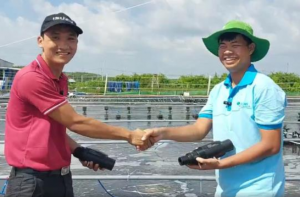
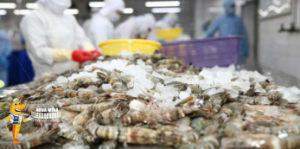
.jpg)